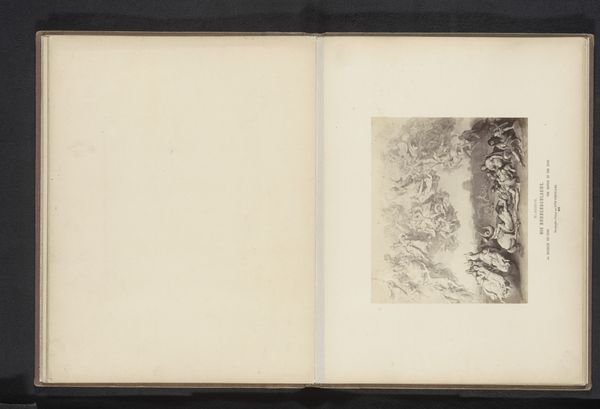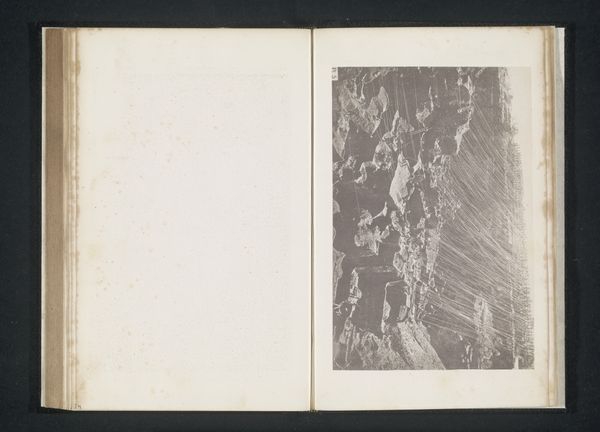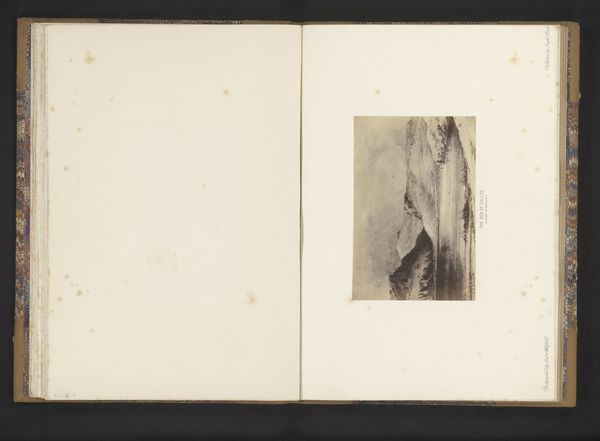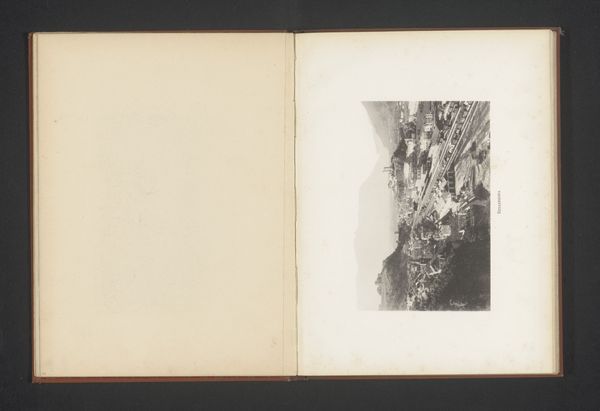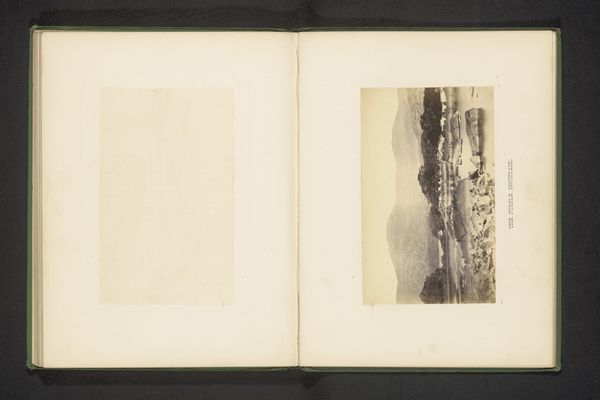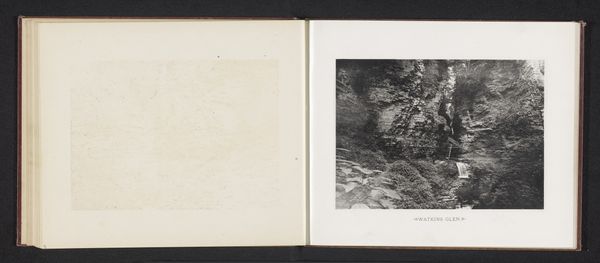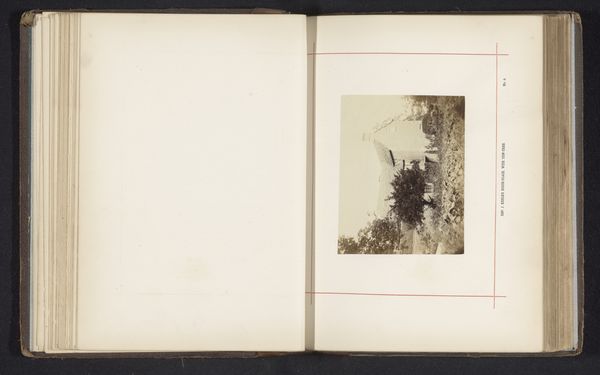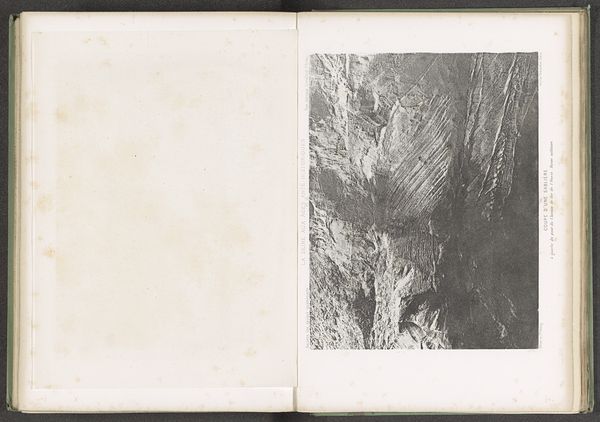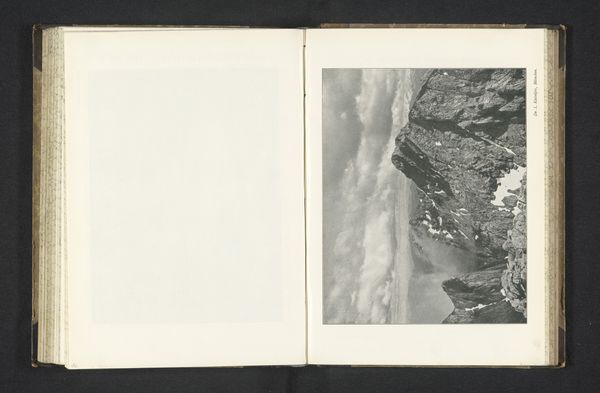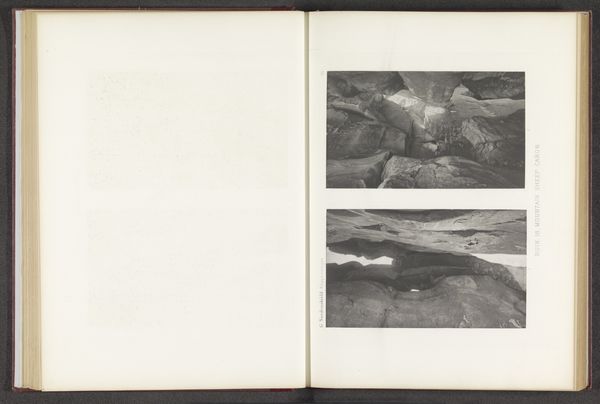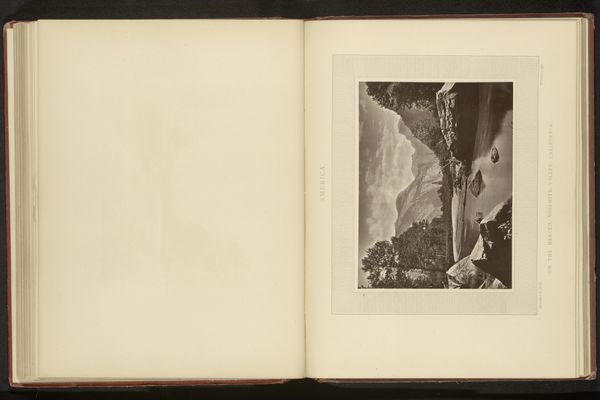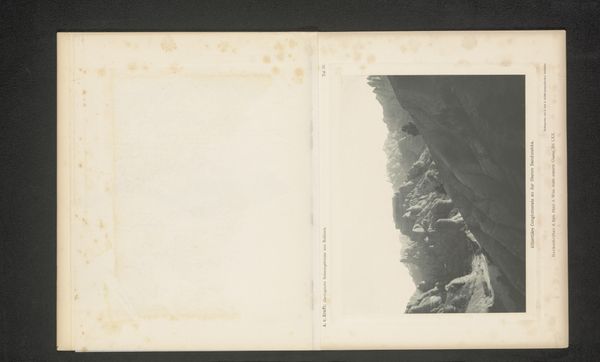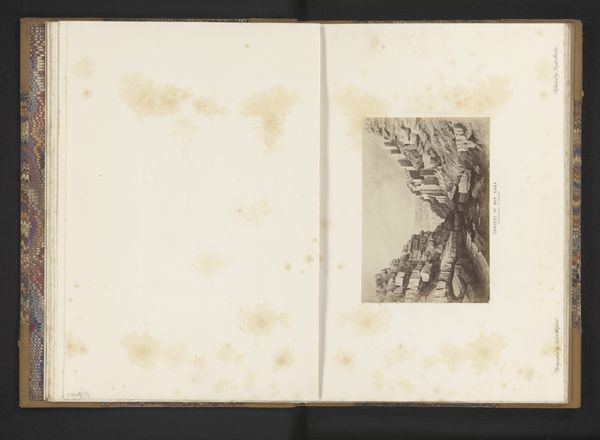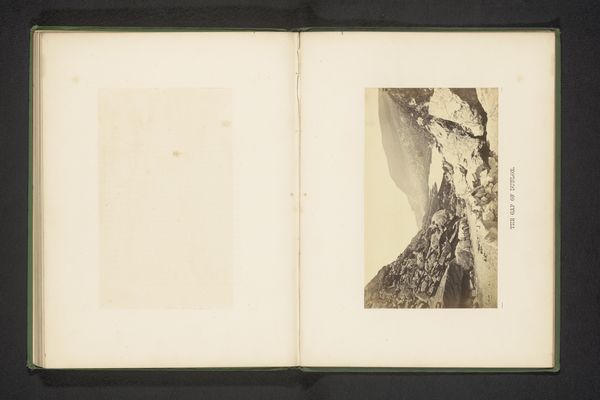
drawing, paper, ink
#
drawing
#
landscape
#
paper
#
ink
#
mountain
#
orientalism
#
realism
Dimensions: height 170 mm, width 221 mm
Copyright: Rijks Museum: Open Domain
Curator: This is a landscape drawing by A. von Krafft called "Gebergte in Bukhara, Uzbekistan," created before 1901, using ink on paper. Editor: It strikes me as surprisingly stark. The lack of color focuses your eye on the formidable rock faces; almost imposing. The mountains dominate the composition completely. Curator: This work is fascinating within the context of Orientalism. It represents a Western European gaze directed toward Central Asia at the turn of the century, when that region was a site of intense geopolitical interest. We need to consider whose vision of Uzbekistan we're seeing and why. Editor: Well, beyond that external viewpoint, I'm drawn to how the artist uses simple ink strokes to suggest vastness and intricate textures. Look how the lines vary in thickness to convey light and shadow across the peaks and valleys. It's incredibly economical. Curator: Exactly. Artists, like von Krafft, were sometimes employed or otherwise incentivized by burgeoning colonial enterprises and geographic societies, and we have to acknowledge that this impacted subject matter. Uzbekistan had long been incorporated into the Russian Empire. These artists shaped Western perceptions and, in some instances, directly bolstered specific colonial narratives. Editor: Setting aside the broader implications for a moment, the technique itself creates a palpable sense of depth and scale. You can almost feel the chill air and imagine the rough texture of the stone. And in this regard, its realist style reinforces authenticity to European eyes. Curator: It's a document embedded within socio-political frameworks. As such, beyond our visual pleasure or awe, we can look at it as evidence, of what interested the artist, and in turn, his audience, about Uzbekistan. Editor: That's well-put. Appreciating the artistic method, while being conscious of its historical roots provides a broader understanding. Curator: Yes, considering the landscape both as aesthetic object and a product of socio-political dynamics truly opens our eyes.
Comments
No comments
Be the first to comment and join the conversation on the ultimate creative platform.
